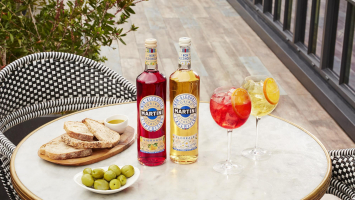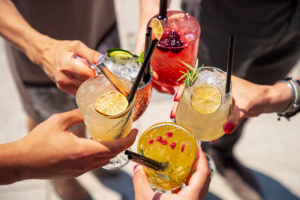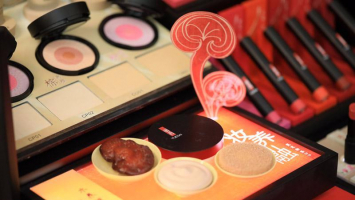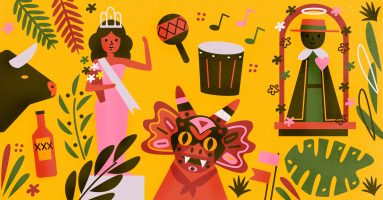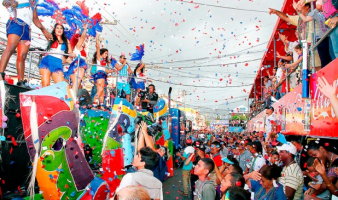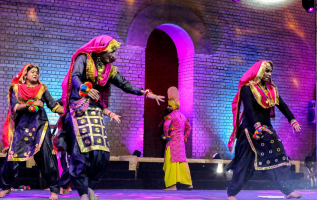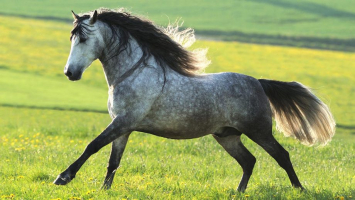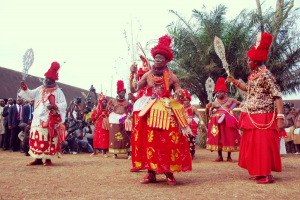Top 10 Most Popular Centrien Alcoholic Beverages
Beer, wine, spirits, and other alcoholic drinks are all part of the alcoholic beverages sector. If you love wine, you'll appreciate the list below of juicy ... read more...reds, crisp whites, and delightful rosés, which are ideal for making special events even more memorable. Let's find out the Top 10 Most Popular Centrien Alcoholic Beverages below!
-
Sancerre is a wine-producing appellation (or region) in northwestern France, located on the eastern side of the Loire Valley. Wines from this region are also known as Sancerre. The area is famed for its crisp white wines made entirely of sauvignon blanc grapes.
Dry, light to medium-bodied white wines from Sancerre is characterized by notes of citrus, flint, sea salt, honeysuckle, and freshly cut herbs. Mineral flavors and freshness are commended in the wines, which may be influenced by three distinct soils: Terres blanches, Les caillottes, and Silex (flint). Terres blanches soils produce more fragrant and full-bodied wines, whilst caillottes (marl and gravel) offer lighter fruitier characteristics. Sancerre wines have typical mineral and gunflint flavors due to the Silex region. White flowers, citrus, white fruit, and herbal notes are the most typical fragrances found in Sancerre. These refreshing wines are delicious by themselves, but they also go great with goat cheese, seafood, vegetables, pork, and chicken.
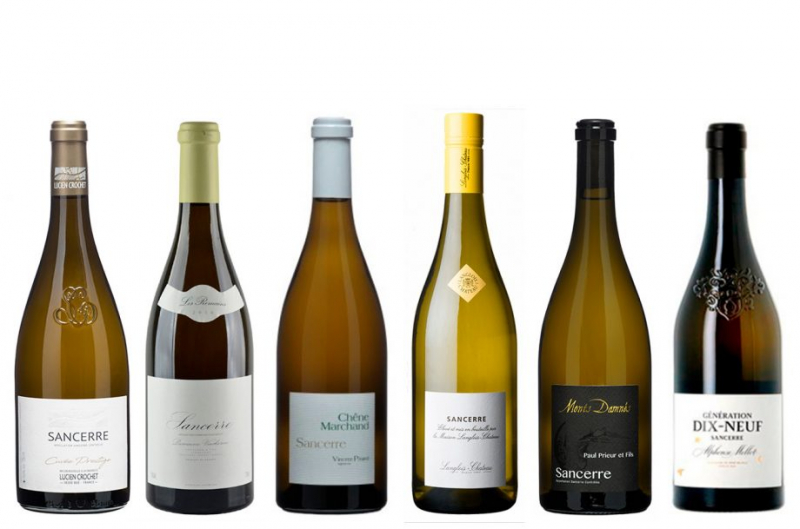
Sancerre 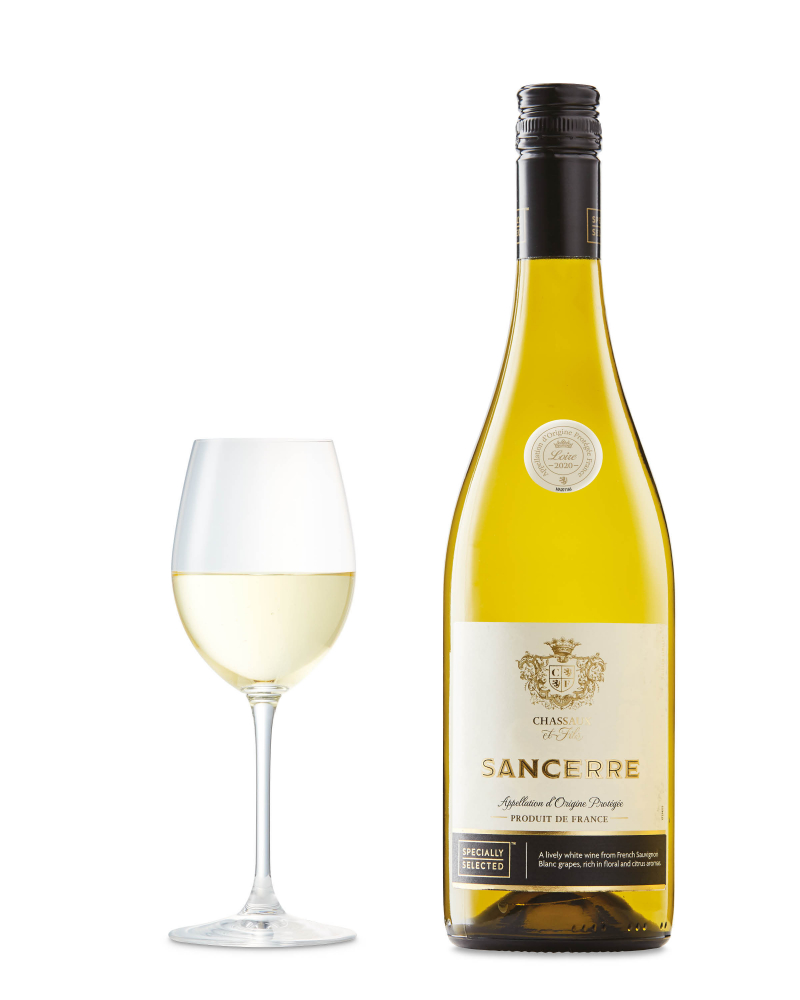
Sancerre -
This French wine area is located in the Loire Valley (Touraine district) and is recognized for its varietal white wines, which are mostly made from Chenin Blanc. Although sparkling and dessert wines are produced in the area, Vouvray is most recognized for its crisp, dry wines.
Vouvray is a dry, off-dry, sweet, or sparkling wine made in a series of villages bordering the Loire and Brenne rivers in the Touraine area of the Loire Valley. Their straw yellow hue, bright acidity, and complex aromas, which often include floral, citrus, and white fruit notes, distinguish these wines. The aging potential of dry Vouvray wines is outstanding. Their fragrances may develop into ripe white fruit, almonds, and hazelnuts as they age, but they remain fresh, aromatic, and lively. Rich and creamy fish and seafood dishes, pork, chicken, rillettes, and pâtés go great with Vouvray wines. It's better to serve them slightly chilled.
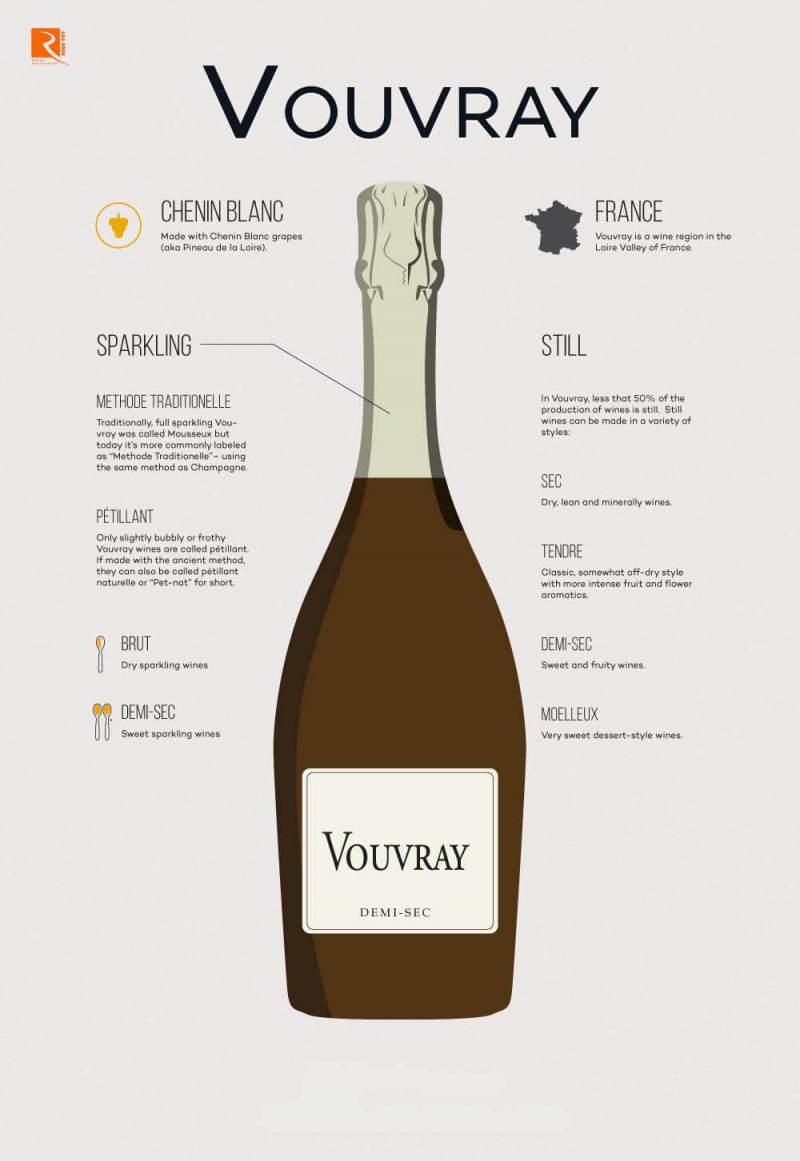
Vouvray 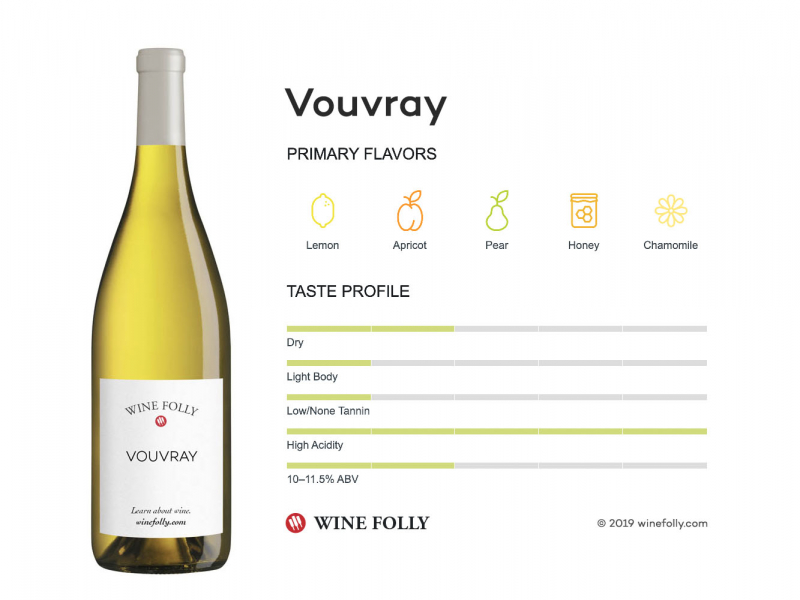
Vouvray -
This well-structured French wine is created from Cabernet Franc grapes and is produced in the middle Loire region. The region is made up of a variety of soil types, which has an impact on the wine's ultimate taste. The ones made from vines cultivated on gravel soil are lighter and more approachable, with classic red fruit flavors.
The more robust varieties cultivated on clay and tuffeau limestone soil are usually more complex and tannic, with black fruit and woodland scents. Chinon is a versatile wine that goes well with a wide range of foods, including white and red meat, mushroom-based sauces, and goat cheese. Red Chinon wines range in style from light-bodied and fruity (similar to good Beaujolais in many aspects) to medium-bodied wines with well-structured tannins and complex notes of undergrowth, pencil shavings, and spiced black cherries. White and rosé wines are also produced in limited quantities in the area.
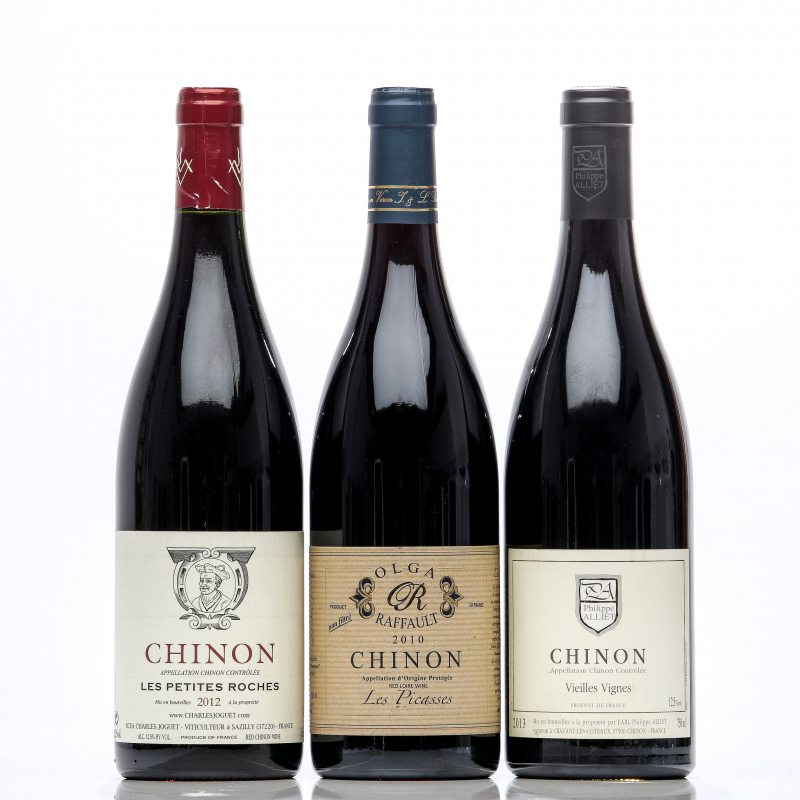
Chinon 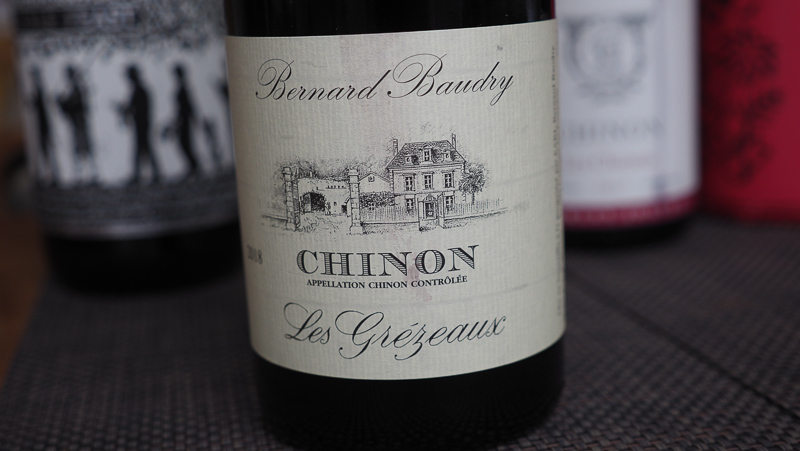
Chinon -
Chambord is a raspberry liqueur that was inspired by ancient Loire Valley liquor. The drink's base is a mixture of raspberries and blackberries that have been macerated in a neutral French spirit. Dark purple in color, the liqueur is deep, flavorful, smooth, fragrant, and not excessively sweet. It's ideal for cocktails, and it pairs particularly well with Champagne, vodka, rum, or gin.
It is made without the use of any artificial ingredients. Chambord is made with raspberries and blackberries, Madagascar vanilla, Moroccan citrus peel, honey, and cognac in the Loire Valley. To make a fruit infusion, whole raspberries and blackberries are soaked in French spirits for several weeks. After the infusion is extracted, the fruit is infused with the second set of spirits and let to rest for a few weeks. The leftover fruit is pressed to extract the natural sugars and juice after the second infusion is taken off. The berry infusion is then mixed with a special mixture of cognac, natural vanilla extract, black raspberries, citrus peel, honey, and herbs and spices, followed by the fruit-infused spirits and juices from the final pressing. The liqueur has a volume alcohol content of 16.5 percent.
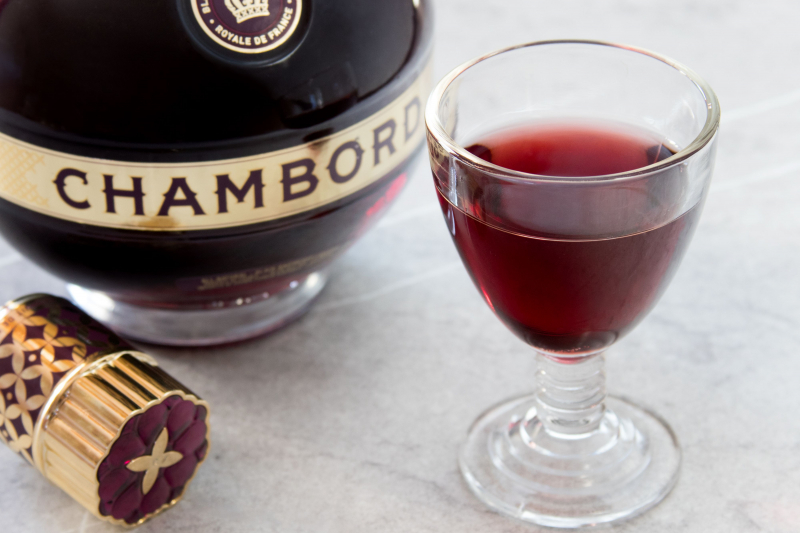
Chambord Liqueur 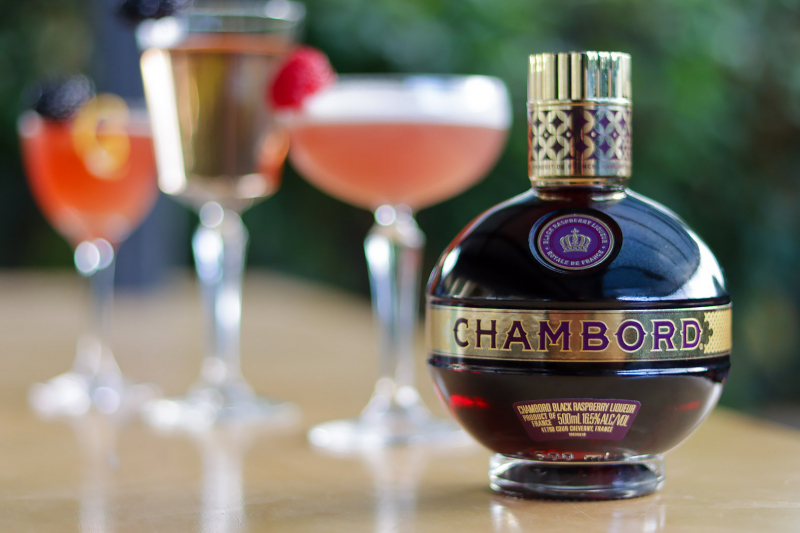
Chambord Liqueur -
Cabernet Franc wines began at Bourgueil, where they have been grown and produced for over 1,000 years at the Abbey de Bourgueil. Because the region spans a variety of terroirs, the red wines can slightly differ, with light-bodied and fruit-forward flavors as well as more powerful variations.
Cabernet Franc has a wide range of expression in Bourgueil wines, depending on soil type and vintage variations. Cooler vintages and sandy gravel soils provide lighter, fruitier versions bursting with raspberry aromatics. Limestone soils and warmer vintages like 2015 produce more complex, longer-lived wines with raspberry aromas complemented by licorice and spices. In lighter styles, the wines have aromas of cherries and strawberries, while more structured expressions develop into spicy wines with notes of undergrowth, leather, and ripe fruit. Wines from Bourgueil go well with grilled pork or chicken, while bolder styles go well with red meat or game, as well as aged cheese.
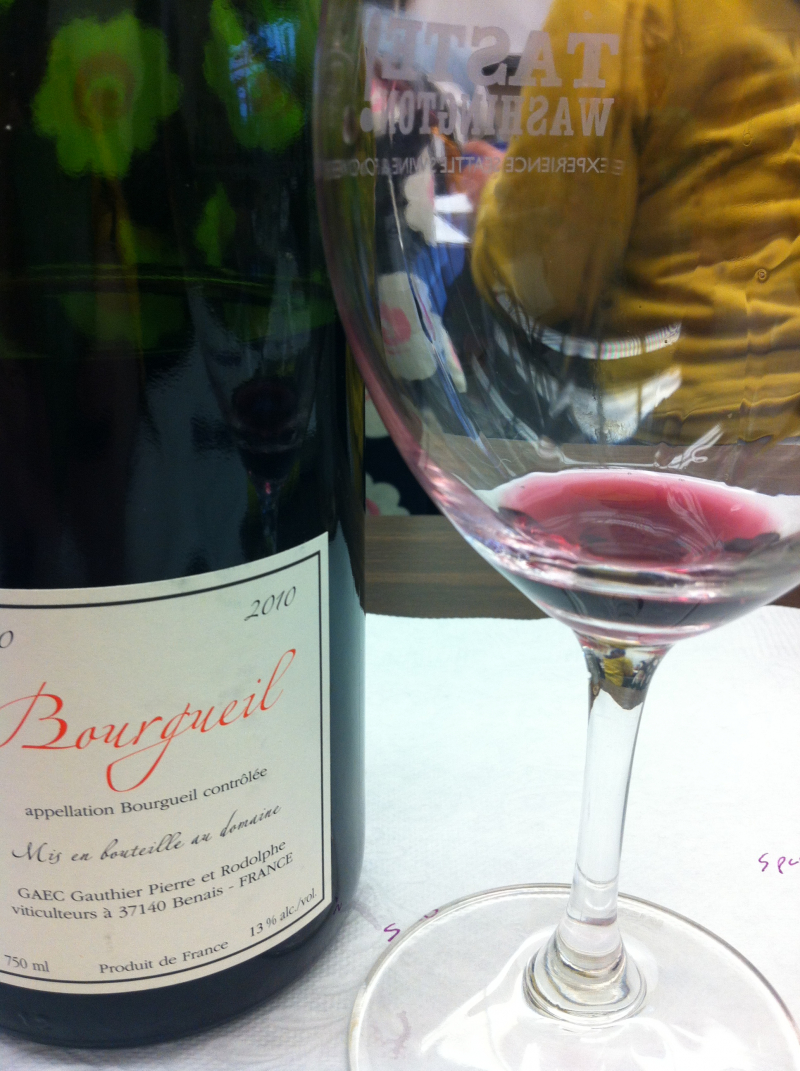
Bourgueil 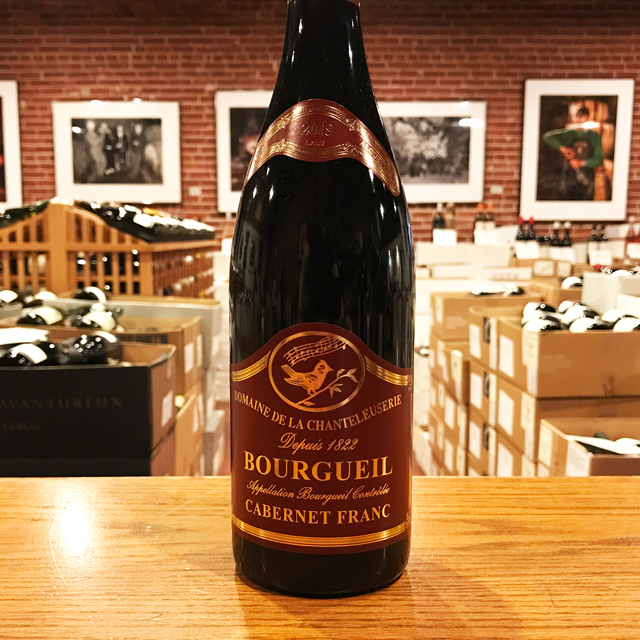
Bourgueil -
Cour-Cheverny is a Loire Valley appellation that produces superb white wines from Romorantin, a relatively unknown French grape grown specifically in this location. These lively white wines have a distinct mineral backbone, yet their ultimate character can range from dry to off-dry.
Cour-Cheverny wines are best consumed within two years of vintage since they are fresh and lightly aromatic. Their color can range from yellow to golden, and the aromas they emit are typically apple, appear, or acacia. The wines of Cour-Cheverny may be appreciated early, but they also age well, developing citrusy, waxy, and honey-like flavors. Appetizers, charcuterie, seafood, and asparagus go well with young wines, while lobster and foie gras go well with aged styles.
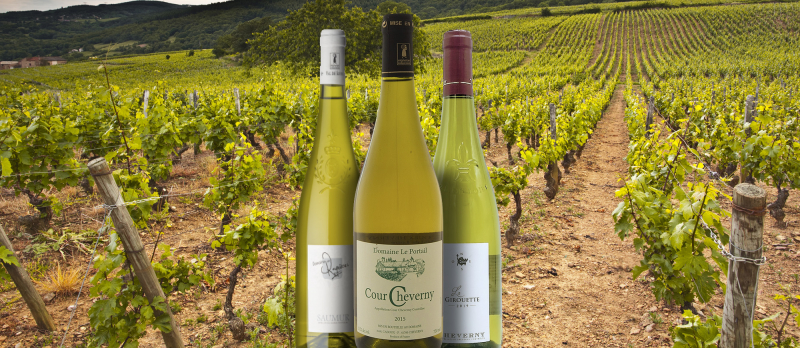
Cour-Cheverny 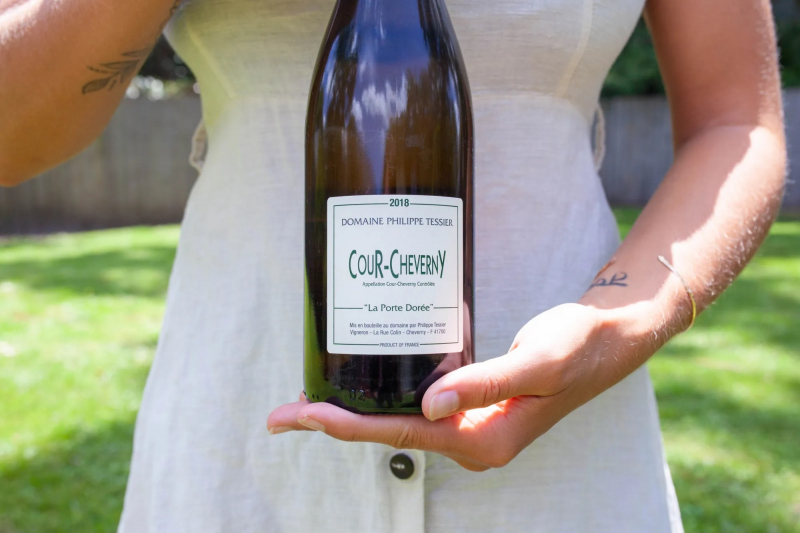
Cour-Cheverny -
Quincy is a small town in France's Loire wine region that has its own appellation for dry white wines made from Sauvignon Blanc grapes. Wine has been produced in this region for centuries, peaking right before the phylloxera epidemic in the 1860s. The parish's wines were the first in the eastern Loire to receive official AOC status – only a few months before Sancerre – in August 1936.
The typical Quincy wine is a crisp white wine with a high acidity level. Herbaceous, grassy, and citrus flavors are frequently mentioned in tasting notes, which are occasionally complemented by the minerality inherent in the best Loire Valley wines. Quincy wine has grown in popularity dramatically during the last several decades. The renown of nearby Sancerre and Pouilly-Fumé, whose white wines are created in a similar way, is undoubtedly benefiting the village. These wines have a distinct flint fragrance and are quite mineral. They have good aging potential. These fragrant and well-balanced wines mix well with seafood, crabs, and goat cheese.
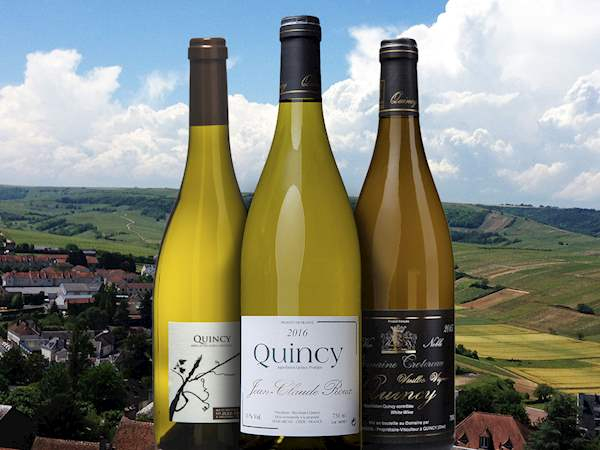
Quincy 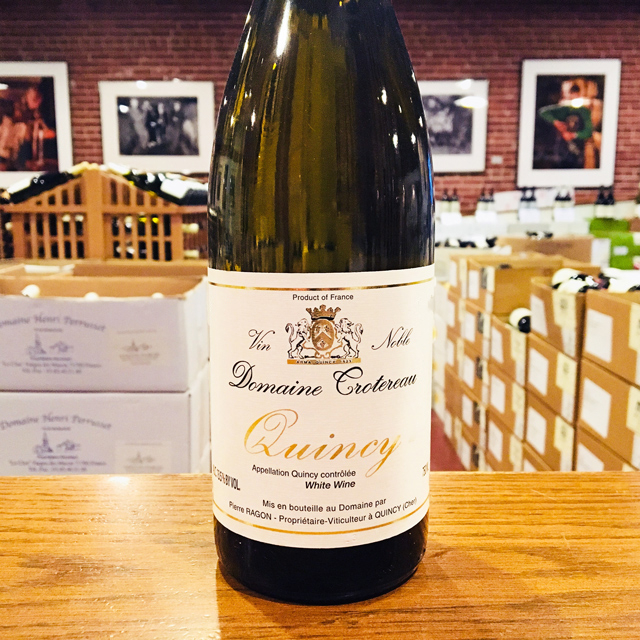
Quincy -
Menetou-Salon is a village in France's Loire Valley wine region, located near the eastern end of the valley. Its appellation encompasses Sauvignon Blanc and Pinot Noir-based white, red, and rosé wines.
Sauvignon Blanc is used primarily in the production of white wines in Menetou-Salon (Central Loire Valley). Sancerre, a nearby appellation noted for Sauvignon Blanc wines, is sometimes compared to these crisp, acidic dry wines. Citrus fruit, white flowers, orange blossom, peach, quince, apples, honey, and spices characterize Menetou-Salon wines, which are fragrant, delicate, and delicious. Chicken, fish, pâtés, terrines, and cheese go well with these wines. They're also great as an aperitif or as a side dish with creamy sauces. Pinot Noir red and rosé wines are also included in the official appellation of Menetou-Salon.
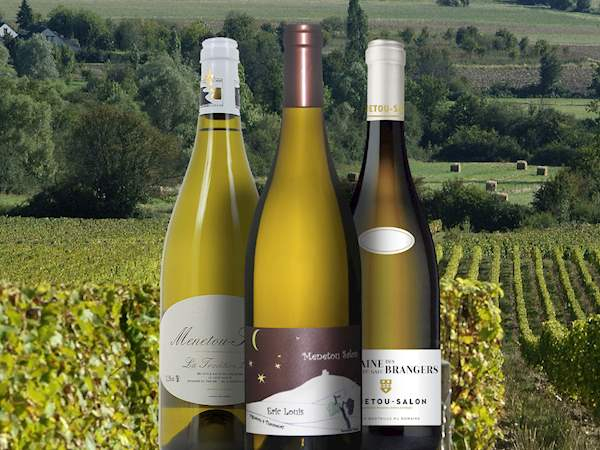
Menetou-Salon blanc 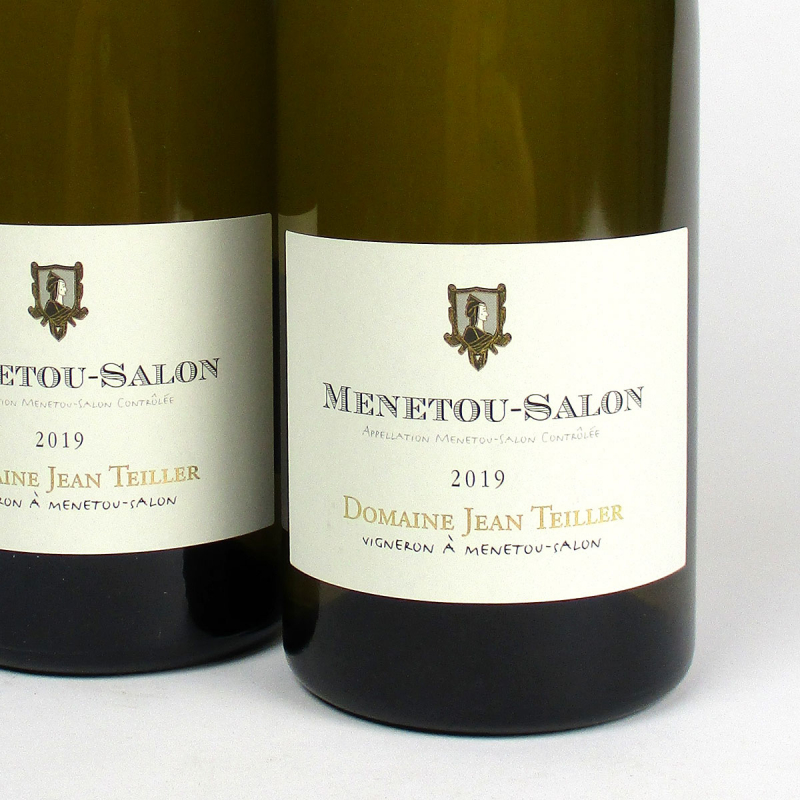
Menetou-Salon blanc -
Romorantin is a white-skinned, late-ripening French grape grown in the eastern Loire. It is a cross between Gouais Blanc and Pinot Teinturier, a Pinot Noir cousin. The Cour-Cheverny appellation uses this rare, obscure grape, and only limited amounts are found in the surrounding areas.
Romorantin makes high-acidity, late-harvest wines that are both dry and off-dry. Off-dry wines have a greater body and flowery, fruity, and honey-like smells than dry wines, which are lighter, crisper, and feature citrus and apple notes. Francis I is said to have introduced Romorantin from Burgundy in the 16th century, according to popular legend. This claim is without historical validity, and the first firm evidence of its cultivation in the region came from the nineteenth century. Wines made with Romorantin are food-friendly and go well with fish and salads. Sweeter varieties can also be used as an aperitif.
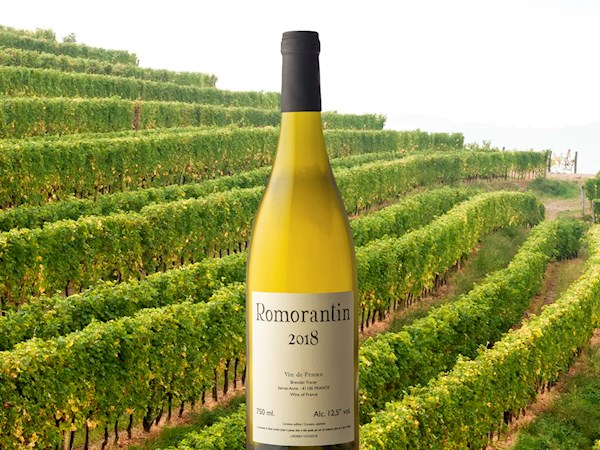
Romorantin 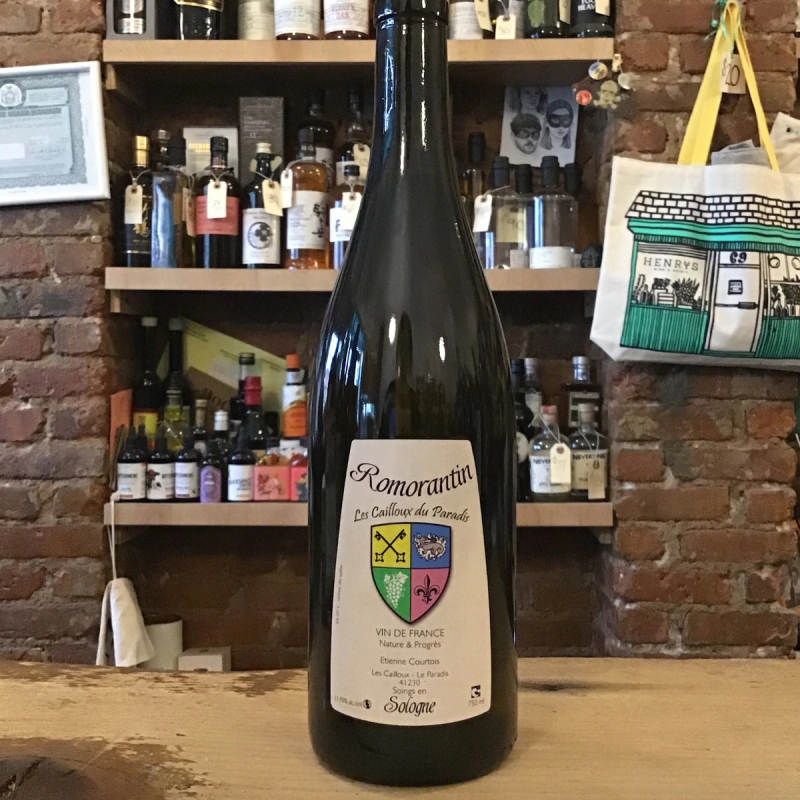
Romorantin -
White Cheverny wines are produced in the Loir-et-Cher region and are classified as AOC Cheverny. Cheverny is a red and white wine appellation in France's central Loire Valley wine region. In March 1993, it was upgraded from the VDQS level. Gamay and Pinot Noir are used to make the light, fresh Cheverny reds. Supporting roles for Cabernet Franc and Côt (the local name for Malbec) are possible. They should be drunk within two years of their vintage dates.
Sauvignon grapes are used to make the wines, which are commonly a blend of Sauvignon Blanc and Sauvignon Gris. They're commonly mixed with Chardonnay, but Chenin Blanc and Arbois are other allowed varietals (Orbois). The wines are pale yellow in color, with green accents in common. The scents are a mix of citrus and white fruit, with a hint of spice on occasion. They're usually light, fresh, well-balanced, and lively, and most are enjoyed young. Appetizers, seafood, and goat cheese go well with white Cheverny wines.
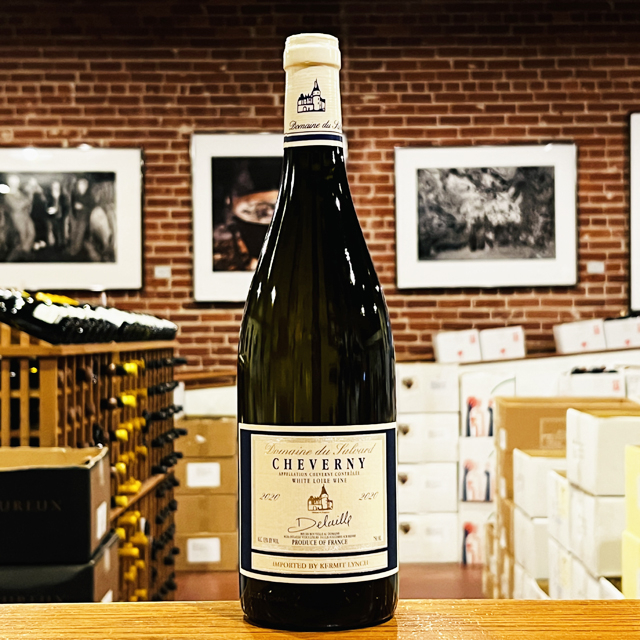
Cheverny blanc 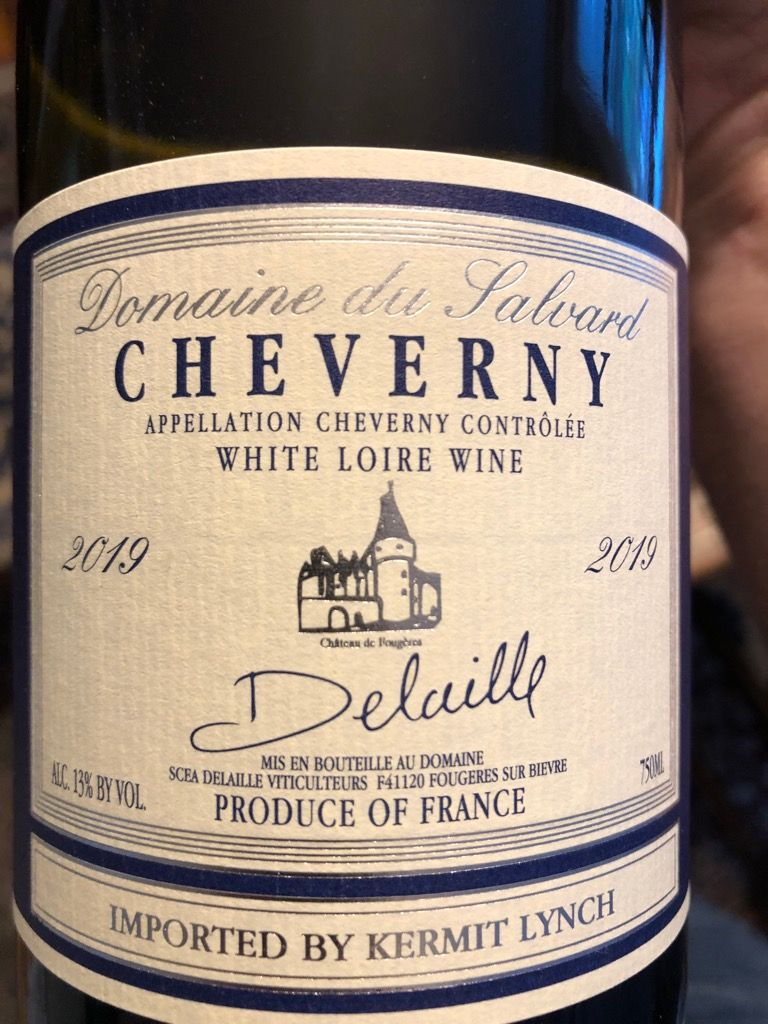
Cheverny blanc












